Figure Museum Jeju [Tax Refund Shop] (피규어뮤지엄 제주)
8.0Km 2024-04-23
243 Hanchang-ro, Andeok-myeon, Seogwipo-si, Jeju-do
-
Norimae Park (노리매공원)
8.3Km 2024-10-31
2260-15 Jungsanganseo-ro, Daejeong-eup, Seogwipo-si, Jeju-do
Norimae Park gets its name from the Korean words for "play" and "apricot." As is expected from the name, the park is filled with apricot trees as well as other blossoms like daffodils, peonies, camelia trees and more. Furthermore, the park is decorated with Jeju's famous stones and a man-made waterfall and pond.
Ssangyonggul Cave (Hallim Park) (쌍용굴 (한림공원))
8.6Km 2022-09-13
300, Hallim-ro, Jeju-si, Jeju-do
+82-64-796-0001
Ssangyonggul Cave, a designated Natural Monument, is one of the representative lava tubes of Jeju Island along with Hwanggeumgul, Socheongul, and Manjanggul caves. The cave measures approximately 400 meters in length, 6 meters in x_width, and 3 meters in x_height. It is thought to have been created by lava that erupted from Hallasan Mountain some 25 million years ago.
One of the unique features of this particular cave is that it has features of both a lava tube and a limestone cave. The entire area surrounding the cave is a huge stratum of seashells and sand, while the interior is a mystical mix of stalactites and stalagmites. Lime covers the cave walls in a series of natural swirls and streaks, bringing to mind the strokes of an abstract painting. Since the cave stays at a constant 17-18℃ throughout the year, it’s a welcome escape from the heat in the summer and a great place to warm up in the winter.
The cave gets its name from its two branches, which are said to look like the paths of two dragons (‘Ssangyong’ meaning ‘two dragons’ in Korean). It is thought that Ssangyonggul Cave and Hyeopjaegul Cave were once one cave since the second entrance of Ssangyonggul Cave is so close to the end of Hyeopjaegul Cave.
Hallim Park (한림공원)
8.7Km 2024-11-27
300 Hallim-ro, Jeju-si, Jeju-do
+82-64-796-0001
Hallim Park is one of the most popular tourist spots on Jeju Island, located approximately 33 kilometers west of Jeju-si and Hallasan Mountain along the beach in Hallim-eup. It faces the pleasant scenery of Biyangdo Island, Hyeopjae Beach, and Geumneung Beach. The park was established in early 1971 on barren land with the importation of tons of earth and the planting of assorted subtropical plants.
Hallim Park, reaching almost 100 thousand square meters, has a variety of gardens that can be enjoyed in any season. Visitors can enjoy Palm Tree Road, Jeju Stone and Bonsai Garden, Water Garden, Subtropical Botanic Garden, and much more. The most famous tourist sites in Hallim Park are Hyeopjaegul and Ssangyonggul Caves, known to be the only two-dimensional caves in the world. In addition, a folk village, children's amusement park, and outdoor resort facilities make it enjoyable for both children and adults.
Moonsso Jeju Hyeopjae (문쏘 제주협재점)
8.8Km 2024-03-20
15-5 Hallimsang-ro, Hallim-eup, Jeju-si, Jeju-do
Moonsso is located near Ongpo-ri Port. It is a fusion restaurant inspired by the cuisine of Okinawa. Its signature menu is the Chinese-style Sand Crab Curry, which features a whole Jeju sand crab. Indeed, this restaurant uses Jeju specialties like sand crab, black pork, and mackerel to create unique menus. Moonsso is one of the Top 100 restaurants chosen by Ctrip "Misingnim," the “Asian Michelin Guide”, in recognition of its fine dining offerings made using Jeju’s local specialties. From the entrance, there are five different concepts of interior rooms, each with its own uniquely photogenic atmosphere in both exterior and interior. Nearby sights include Hyeopjae Beach and Geumneung Beach.
Umu Hallim Branch (우무)
8.8Km 2024-11-07
542-1 Hallim-ro Hallim-eup, Jeju-si, Jeju-do
This dessert place is popular for a pudding made from a gar (a type of seaweed) sourced from hanyeos (women divers). You can only do a take-out here, and one team can visit inside the shop at a time.
Jeju Glass Museum (제주유리박물관)
8.8Km 2022-11-30
1403, Jungsanganseo-ro, Seogwipo-si, Jeju-do
+82-64-792-6262
Jeju Glass Museum (originally the Gimpo Glass Museum and SongHee Glass House), has been making a significant contribution to the advancement of Korean glass art over the past several years through constant research and innovation. The museum opened on March 1, 2008, and has state-of-the-art facilities including a glass art exhibition hall, studio with a kiln, glass-blowing room, and glass processing room. With an expansive area totaling 3,500 pyeong and a broad grass field for displaying artwork, it is a perfect place to study and learn. The museum also offers some programs for visitors to learn and gain a greater appreciation for glass art.
Stone Grandfather Restaurant (돌하르방)
8.9Km 2020-05-29
300, Hallim-ro, Jeju-si, Jeju-do
+82-64-796-0001
Located in Jaeam Folk Village (Hallim Park), the restaurant is spacious and is well known for its traditional local dishes such as charcoal-grilled Jeju pork, seafood and mung bean pancake, nutritious sea urchin soup, and jopssalju (Jeju-style wine made of millet and yeast). It also serves cold herb naengmyeon in the summer and pheasant buckwheat kalguksu (knife-cut noodles) and a local dish called pheasant bingtteok in winter.
Hyeopjaegul Lava Tube (Hallim Park) (협재굴(한림공원))
8.9Km 2025-03-13
300 Hallim-ro, Jeju-si, Jeju-do
+82-64-796-0001
Hyeopjaegul Lava Tube is one example of the lava tube systems of Jeju Island, along with Hwanggeumgul, Socheongul, Ssangyonggul and Manjanggul Lava Tubes. The cave is approximately 200 meters in length, 10 meters in x_width and 5 meters in x_height. It is thought to have been created by the lava that erupted from Hallasan Mountain some 25 million years ago. This cave uniquely contains features of both lava and limestone caves. The entire area surrounding the cave is a huge stratum of seashells and sand, while the interior of the cave has a mystical ambience due to its various formations such as stalactites and stalagmites, hanging from the ceiling and sprouting up from the bottom of the cave. The cave also features pillars formed when stalactites and stalagmites join together. The cave walls are covered in lime, which at times looks like beautiful cave paintings. The temperature inside the cave stays at 17~18℃ throughout the year, making the cave a welcome escape from the summer heat and a great place to keep warm during winter.
Hyeopjaegul Lava Tube has been designated Natural Monument No. 236 and ranks among the world’s major mysterious caves, such as the stone salt cave of Peru and the underwater limestone caves of Yugoslavia. As Hyeopjaegul Lava Tube is close to Ssangyonggul Lava Tube, the two can be visited on the same day.
Hallim Traditional 5-Day Market (4th and 9th) (한림민속 5일시장 (4, 9일))
9.0Km 2024-12-27
Hallim Traditional 5-Day Market is the largest market in the western part of Jeju (Hallim and Aewol) and is responsible for providing food, clothing, and shelter for Jeju locals. There is a store that sells bingtteok (buckwheat crepes with radish filling), Jeju's traditional food and dessert. There are many restaurants with Jeju vibes, including shops selling omegi tteok (millet rice cake). Hallim Traditional 5-Day Market is an ideal place to enjoy the local atmosphere and food. The market opens on dates ending with 4 and 9.
![Figure Museum Jeju [Tax Refund Shop] (피규어뮤지엄 제주)](http://tong.visitkorea.or.kr/cms/resource/80/2887680_image2_1.jpg)
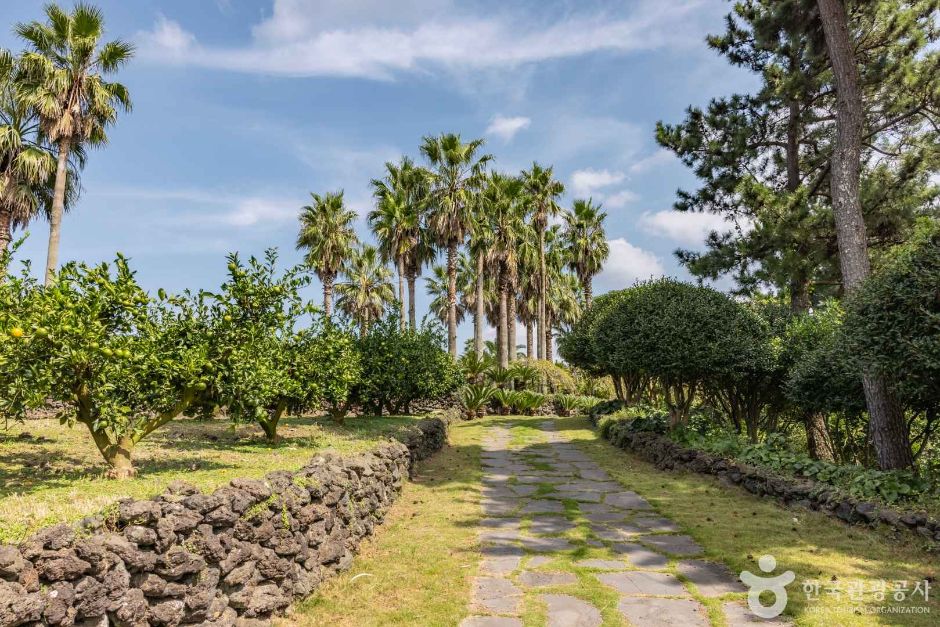

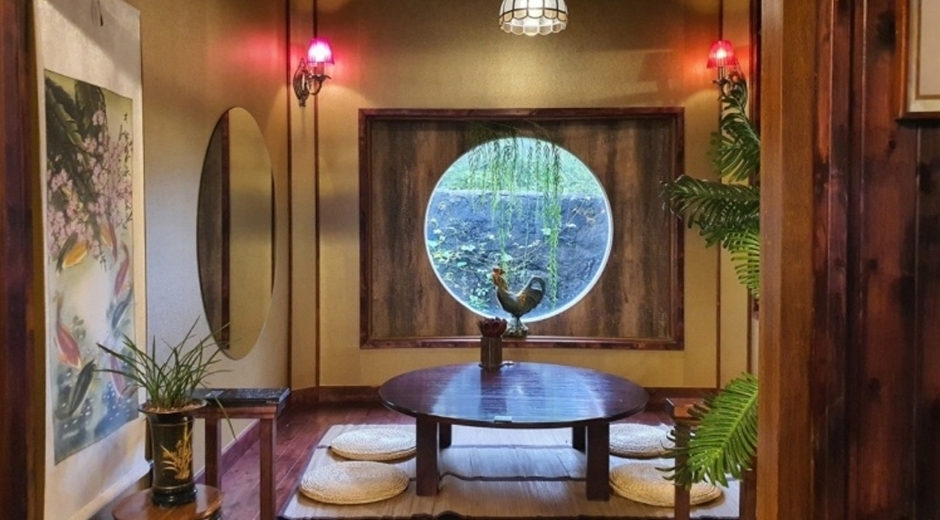
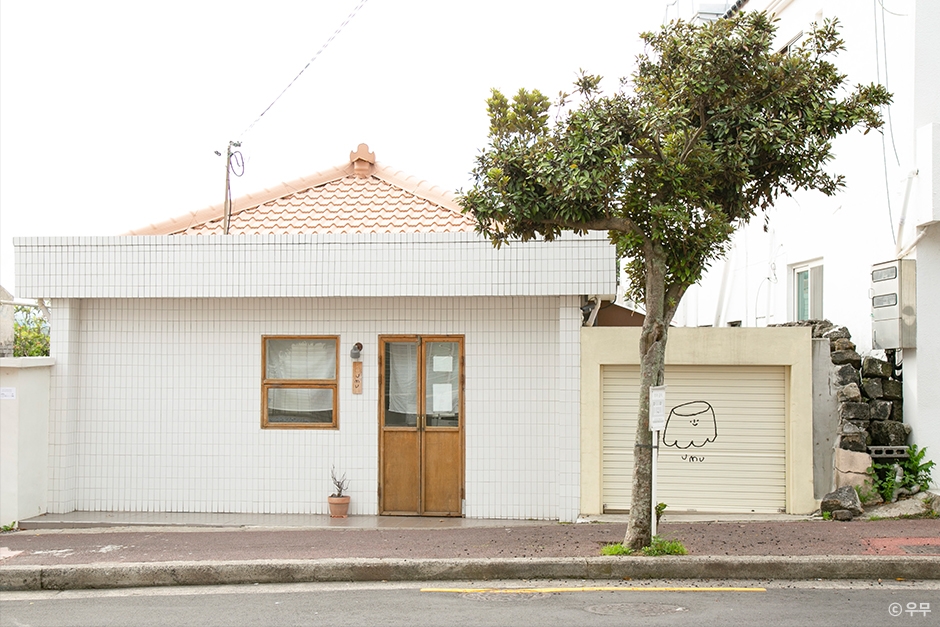
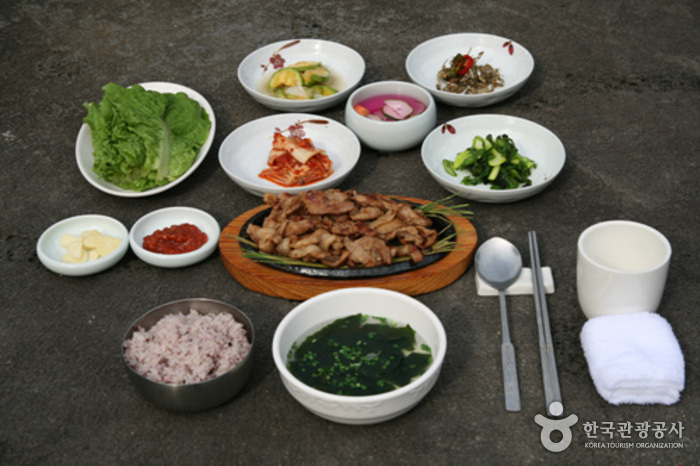
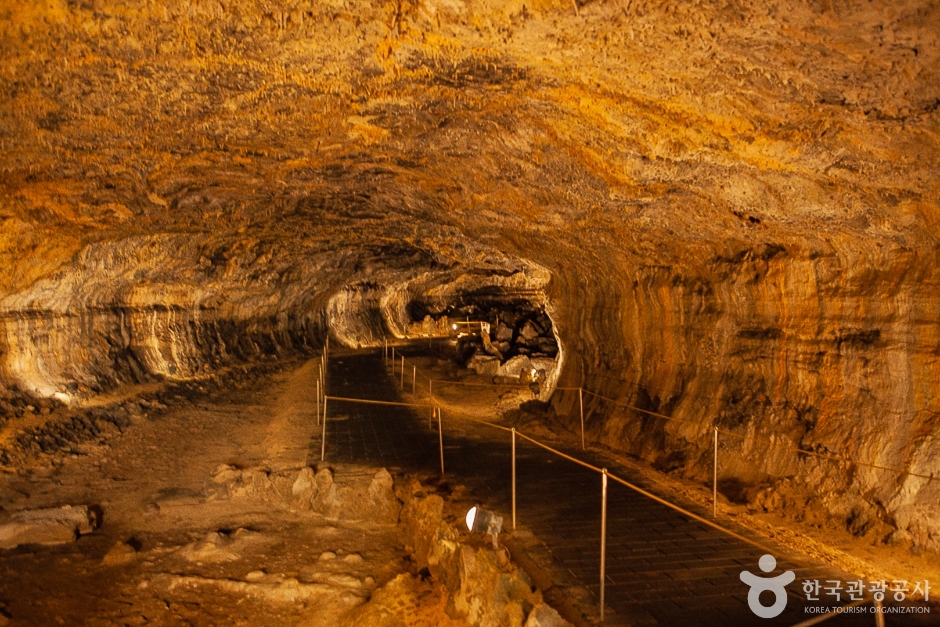
 English
English
 한국어
한국어 日本語
日本語 中文(简体)
中文(简体) Deutsch
Deutsch Français
Français Español
Español Русский
Русский